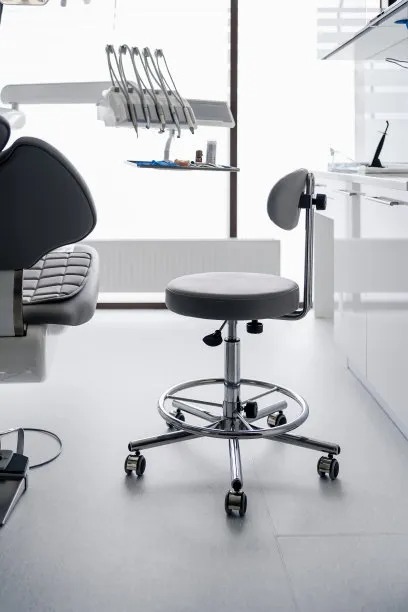Essential Precautions to Take Before and After Your Dental Filling Procedure for Optimal Recovery and Oral Health
Summary: Recovering from a dental filling procedure requires careful attention both before and after the treatment. Precautionary measures can significantly enhance your recovery process and improve your oral health. This article outlines essential steps to take prior to and following your dental filling appointment, focusing on preparation, pain management, maintaining oral hygiene, and following up with your dentist. By adhering to these recommendations, you can ensure a smoother experience and better outcomes, safeguarding your smile for the long term.
1. Pre-Procedure Preparation for Dental Fillings

Preparing for a dental filling involves more than just showing up at the appointment. It is essential to follow specific steps to ensure a smooth process. Firstly, communicate openly with your dentist about any allergies, medical conditions, or medications you are taking. This information is vital for your safety and the success of the procedure.
Secondly, arrange for a ride home. While many dental fillings are minor and do not require anesthesia, if sedatives or local anesthesia are used, you may feel groggy afterward. Having a trusted friend or family member to drive you home can prevent any inconvenience or potential accidents.
Lastly, consider your diet leading up to the appointment. Eating a light meal beforehand can help to stabilize your blood sugar levels, as youre likely to feel anxious. Avoid overly sugary or heavy foods that might make your appointment more uncomfortable.
2. Managing Pain and Discomfort Post-Filling
After receiving a dental filling, some discomfort is normal; however, managing pain effectively is crucial for a successful recovery. Your dentist may prescribe pain relievers or recommend over-the-counter options. Be sure to follow their instructions on dosage and timing to ensure optimal results.
Applying a cold compress to your face near the treated area can also help reduce swelling and alleviate pain. This can be especially beneficial in the first 24 hours following your filling, as it constricts blood vessels and minimizes inflammation.
It鈥檚 also wise to avoid hard or crunchy foods for the first few days. These can irritate the area and complicate your recovery. Instead, opt for softer foods that won鈥檛 cause further discomfort, allowing your mouth to heal more effectively.
3. Maintaining Oral Hygiene After Your Filling
Good oral hygiene is paramount following your dental filling procedure to prevent infection and promote healing. You should gently brush your teeth, avoiding the filled area for the first day to prevent irritation. After the initial day, resume your normal brushing routine with a soft-bristled toothbrush.
Flossing is equally important, but be cautious around the filled tooth for the first few days. If you have had a new filling placed in between two teeth, consult your dentist about the best way to floss without damaging the filling.
Rinsing your mouth with warm salt water can also be beneficial after the first day, as it helps soothe the area and reduces the risk of infection. Establishing a consistent oral hygiene routine after the filling is essential for maintaining long-term dental health.
4. Importance of Follow-Up Appointments
Booking a follow-up appointment is a critical step in ensuring the success of your dental filling. This visit allows your dentist to check the filled tooth and make sure there are no complications or adjustments needed. Neglecting this can lead to bigger issues down the line.
During your follow-up, be vocal about any discomfort you are experiencing. Sometimes, the bite may feel off if the filling is slightly too high or low, and your dentist can quickly adjust it for you.
Additionally, discussing any ongoing symptoms or changes with your dentist will allow them to provide essential advice for your recovery. A proactive approach ensures that your oral health remains a priority and helps you maintain a healthy smile.
Summary:
In summary, carefully planning your dental filling procedure and adhering to post-care protocols can significantly enhance your recovery experience and promote long-term oral health. By preparing adequately, managing pain effectively, maintaining strict hygiene practices, and ensuring follow-up consultations, you can optimize the results of your treatment.
This article is compiled by Vickong Dental and the content is for reference only.



